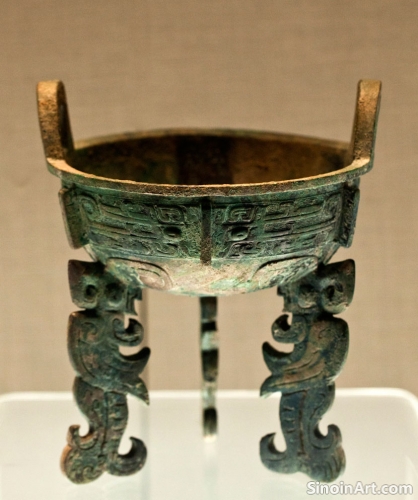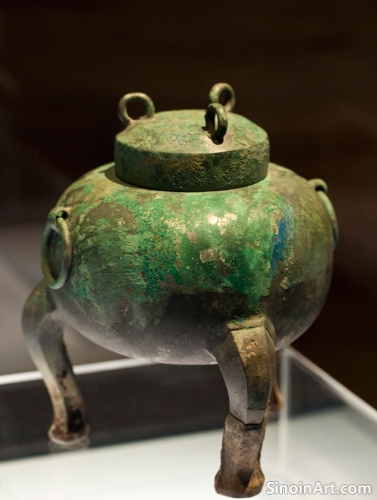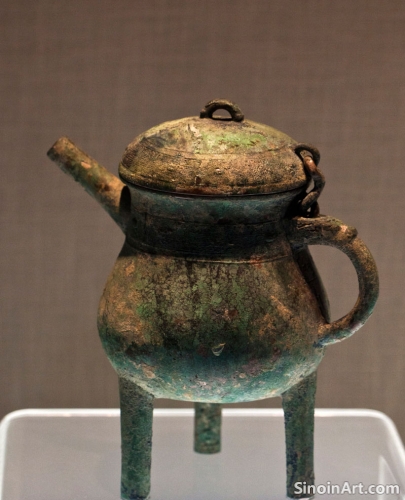Bronze Ware and Ancient Chinese Astronomy: Decoding Celestial Patterns and Calendars
|
Beyond the use of bronze for instruments, the symbolic designs and patterns on bronze ware often reflect a deep understanding of astronomy, with depictions of constellations, celestial cycles, and other cosmological elements. The fusion of artistry and scientific knowledge helped to shape the approach that the ancient Chinese took to representing the heavens. The interpretation of these designs is key to understanding the scientific worldview of the era.  Some bronze objects, such as ceremonial vessels and bells, feature designs that were intended to align with the positions of celestial bodies or to mark specific dates on the calendar, highlighting the importance of astronomy in ritual life. The use of these specific patterns and forms indicates a complex understanding of the relationships between earthly and heavenly events.  The creation of bronze instruments for observation and timekeeping was also connected to a deep understanding of mathematics, geometry, and the cycles of the stars, moon, and the planets. The precise nature of these objects demonstrates the value that was placed on accurate observation and mathematical understanding.  The use of celestial symbolism on both ritual objects and astronomical instruments helps to underscore the importance of the study of the heavens in ancient China, and reveals the sophisticated understanding of the cosmos that was present at the time. The careful combination of art, science, and ritual practice is a key element of ancient Chinese culture. |
Tag : bronze astronomy symbols, Chinese constellations, celestial patterns, ancient calendars, astronomical beliefs
Related information
- Bronze Ware and the Development of Ancient Chinese Writing: Scripts, Inscriptions, and the Communication of Ideas
- Bronze Ware and Ancient Chinese Philosophy: Exploring the Connection Between Material Culture and Intellectual Thought
- Bronze Ware and the Development of Ancient Chinese Mathematics: Measurement and Calculation
- The Enduring Power of Chinese Bronze Ware: A Timeless Legacy of Art, Culture, and History
- The Use of Bronze in Ancient Chinese Water Management Systems: Irrigation and Hydraulic Engineering
This article explores the connection between bronze ware and the development of ancient Chinese writing, highlighting the evolution of script styles through inscriptions, the importance of writing as a medium for record-keeping and communication, and the role of bronze in shaping the development of written language.
This article explores the connection between bronze ware and ancient Chinese philosophy, highlighting how Confucian, Daoist, and Legalist ideas influenced the forms, designs, and symbolic meanings of these objects, demonstrating the interplay between material culture and intellectual thought.
This article explores the use of bronze in ancient Chinese mathematics, highlighting its role in creating measuring instruments, illustrating mathematical principles, and revealing the connections between bronze, technology, and mathematical understanding.
This article reflects on the enduring power of Chinese bronze ware, emphasizing its timeless beauty, technical mastery, cultural significance, and its continuing ability to inspire awe and curiosity around the world.
This article explores the use of bronze in ancient Chinese water management systems, highlighting its role in irrigation, hydraulic engineering, and the creation of tools and components that helped to control and manage water resources for agriculture.